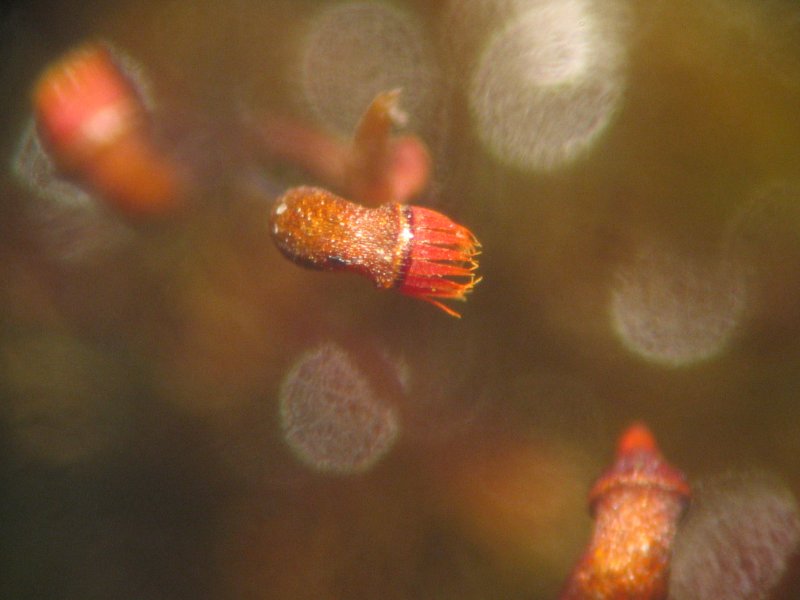|
Chrysoblastellaceae
''Chrysoblastella'' is an genus of haplolepideous mosses (Dicranidae) in the monotypic family Chrysoblastellaceae. The genus was previously placed in the family Ditrichaceae Ditrichaceae is a family of haplolepideous mosses ( Dicranidae) in the order Dicranales. Genera The family Ditrichaceae contains over twenty genera: *'' Astomiopsis'' *'' Bryomanginia'' *''Ceratodon'' *'' Cheilothela'' *'' Cladastomum .... References Moss genera Bryopsida {{bryophyte-stub ... [...More Info...] [...Related Items...] OR: [Wikipedia] [Google] [Baidu] |
Genus
Genus ( plural genera ) is a taxonomic rank used in the biological classification of living and fossil organisms as well as viruses. In the hierarchy of biological classification, genus comes above species and below family. In binomial nomenclature, the genus name forms the first part of the binomial species name for each species within the genus. :E.g. '' Panthera leo'' (lion) and '' Panthera onca'' (jaguar) are two species within the genus ''Panthera''. ''Panthera'' is a genus within the family Felidae. The composition of a genus is determined by taxonomists. The standards for genus classification are not strictly codified, so different authorities often produce different classifications for genera. There are some general practices used, however, including the idea that a newly defined genus should fulfill these three criteria to be descriptively useful: # monophyly – all descendants of an ancestral taxon are grouped together (i.e. phylogenetic analysis should c ... [...More Info...] [...Related Items...] OR: [Wikipedia] [Google] [Baidu] |
Peristome
Peristome (from the Greek ''peri'', meaning 'around' or 'about', and ''stoma'', 'mouth') is an anatomical feature that surrounds an opening to an organ or structure. Some plants, fungi, and shelled gastropods have peristomes. In mosses In mosses, the peristome is a specialized structure in the sporangium that allows for gradual spore discharge, instead of releasing them all at once. Most mosses produce a capsule with a lid (the operculum) which falls off when the spores inside are mature and thus ready to be dispersed. The opening thus revealed is called the ''stoma'' (meaning "mouth") and is surrounded by one or two peristomes. Each peristome is a ring of triangular "teeth" formed from the remnants of dead cells with thickened cell walls. There are usually 16 such teeth in a single peristome, separate from each other and able to both fold in to cover the stoma as well as fold back to open the stoma. This articulation of the teeth is termed arthrodontous and is found in the ... [...More Info...] [...Related Items...] OR: [Wikipedia] [Google] [Baidu] |
Moss
Mosses are small, non-vascular flowerless plants in the taxonomic division Bryophyta (, ) '' sensu stricto''. Bryophyta ('' sensu lato'', Schimp. 1879) may also refer to the parent group bryophytes, which comprise liverworts, mosses, and hornworts. Mosses typically form dense green clumps or mats, often in damp or shady locations. The individual plants are usually composed of simple leaves that are generally only one cell thick, attached to a stem that may be branched or unbranched and has only a limited role in conducting water and nutrients. Although some species have conducting tissues, these are generally poorly developed and structurally different from similar tissue found in vascular plants. Mosses do not have seeds and after fertilisation develop sporophytes with unbranched stalks topped with single capsules containing spores. They are typically tall, though some species are much larger. ''Dawsonia'', the tallest moss in the world, can grow to in height. Ther ... [...More Info...] [...Related Items...] OR: [Wikipedia] [Google] [Baidu] |
Dicranidae
The Dicranidae are a widespread and diverse subclass of mosses in class Bryopsida, with many species of dry or disturbed areas. They are distinguished by their spores; the peristome Peristome (from the Greek ''peri'', meaning 'around' or 'about', and ''stoma'', 'mouth') is an anatomical feature that surrounds an opening to an organ or structure. Some plants, fungi, and shelled gastropods have peristomes. In mosses In mosses, ... teeth are haplolepideous with a 4:2:3 formula, and an exostome is absent. References Plant subclasses Bryopsida {{Bryophyte-stub ... [...More Info...] [...Related Items...] OR: [Wikipedia] [Google] [Baidu] |
Ditrichaceae
Ditrichaceae is a family of haplolepideous mosses ( Dicranidae) in the order Dicranales. Genera The family Ditrichaceae contains over twenty genera: *'' Astomiopsis'' *'' Bryomanginia'' *''Ceratodon'' *'' Cheilothela'' *'' Cladastomum'' *'' Cleistocarpidium'' *'' Crumuscus'' *'' Cygniella'' *'' Ditrichopsis'' *''Ditrichum ''Ditrichum'' is a genus of haplolepideous mosses (Dicranidae) in the family Ditrichaceae Ditrichaceae is a family of haplolepideous mosses (Dicranidae) in the order Dicranales. Genera The family Ditrichaceae contains over twenty genera: ...'' *'' Eccremidium'' *'' Garckea'' *'' Kleioweisiopsis'' *'' ×Pleuriditrichum'' *'' Pleuridium'' *'' Rhamphidium'' *'' Skottsbergia'' *'' Strombulidens'' *'' Trichodon'' *'' Tristichium'' *'' Wilsoniella'' References {{Taxonbar, from=Q1230319 Dicranales Moss families ... [...More Info...] [...Related Items...] OR: [Wikipedia] [Google] [Baidu] |
Moss Genera
Mosses are small, non-vascular flowerless plants in the taxonomic division Bryophyta (, ) ''sensu stricto''. Bryophyta (''sensu lato'', Schimp. 1879) may also refer to the parent group bryophytes, which comprise liverworts, mosses, and hornworts. Mosses typically form dense green clumps or mats, often in damp or shady locations. The individual plants are usually composed of simple leaves that are generally only one cell thick, attached to a stem that may be branched or unbranched and has only a limited role in conducting water and nutrients. Although some species have conducting tissues, these are generally poorly developed and structurally different from similar tissue found in vascular plants. Mosses do not have seeds and after fertilisation develop sporophytes with unbranched stalks topped with single capsules containing spores. They are typically tall, though some species are much larger. ''Dawsonia'', the tallest moss in the world, can grow to in height. There are a ... [...More Info...] [...Related Items...] OR: [Wikipedia] [Google] [Baidu] |



